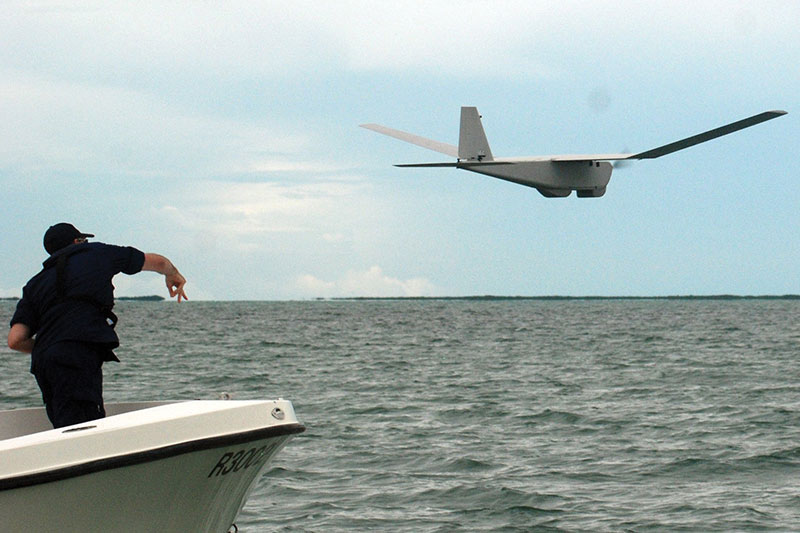
Delivery drones are on their way; however, some experts are skeptical about their practicality.
Amazon.com Inc. introduced Prime Air on Sunday””a futuristic delivery system that the company says will get packages to customers in half an hour or less via unmanned aerial vehicles.
The online retail giant posted a video on its website that shows a recent Prime Air test flight.
In the 80-second clip, a shopper buys an item on Amazon. The item is then placed into a yellow plastic Amazon container and picked up at the end of a conveyor belt by an Amazon drone, which takes off and soars over a grassy field before depositing the package in stork-like fashion on the shopper’s doorstep.
“One day, Prime Air vehicles will be as normal as seeing mail trucks on the road today,” the company said in a brief Q&A on its website.
Amazon said the company has been working on Prime Air in its next-generation research and development lab, but cautioned that it would be years before customers could choose it as a delivery option.
Dr. Ronald Hunt, professor of engineering and a member of Fresno State’s own unmanned aerial vehicle project, doesn’t see the business advantage, however, of using drones for commercial uses.
“There are so many negatives against it,” Hunt said. “First of all, the practicality aspect of it I think is ridiculous. Drones are excellent for what they say they want to do with them, but drones are only good for very limited, short distances.
“Sure, within a few blocks of the hub, they could make a delivery in 30 minutes no problem at all,” Hunt said. “But the drones that they have, and particularly the ones that they’re showing in their web information and what we’ve seen on the public news lately, are intended for short-range operations.”
Hunt also cautioned that regulation has not yet caught up to the commercial use of drones.
“We’ve got a lot of concern being shown now by the FAA (Federal Aviation Administration) about the uses of these devices,” Hunt said. “I think the FAA is between a rock and a hard place trying to develop a way of how they’re going to deal with these, because I think, as technology advances, we’re going to start seeing more and more drones in the air.”
Amazon said it hopes the agency would have rules in place for unmanned aerial vehicles by 2015.
“We will be ready at that time,” the company said. “Putting Prime Air into commercial use will take some number of years as we advance the technology and wait for the necessary [FAA] rules and regulations.”
Amazon founder and Chief Executive Jeff Bezos introduced the delivery-by-drone concept during a segment on CBS’ “60 Minutes” on Sunday. He said Prime Air would be available for packages weighing five pounds or less.
“I don’t think we can deny drones are here to stay,” Hunt said. “It’s just a question now of how to make them safe and how to make them fit in with everything else that’s already here.
“I still marvel at the commercials and things we’ve seen from Amazon. I think it’s a marvelous marketing ploy that they’ve come up with. It’s a nice idea theoretically, but I think time will tell us if they can make it practical as far as the business aspect. I look forward to watching them develop this further.”




